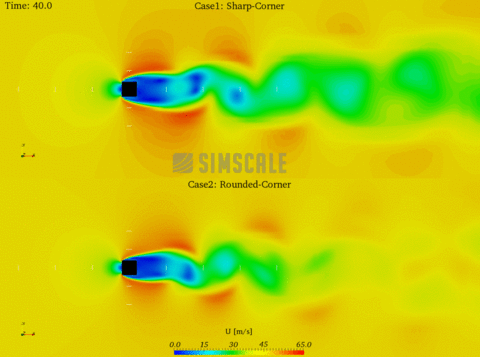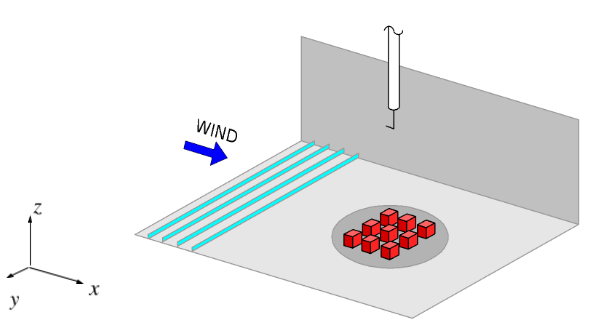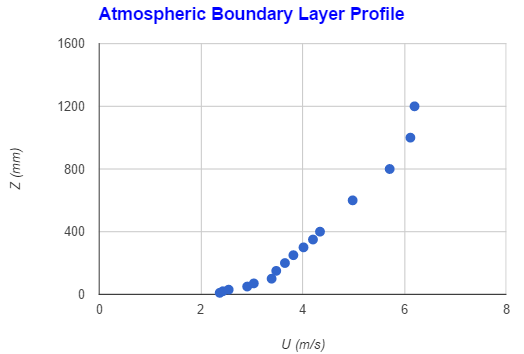Description:
Overview
Wind loads prove to be a major design challenge to building designers, architects and civil engineers. The adverse effect posed by wind loads on the surroundings, makes it a necessity to mitigate them in the design process. In order to mitigate wind loads, it is necessary to first quantify them.
Computational Fluid Dynamics(CFD) has proved to be a very effective tool in characterizing these wind loads and subsequently mitigating them in the design process. This validation case enables the user to step into the architects’ and engineer’s shoes to deploy CFD on a generic city block and validate the results against experiments.
Input Data
- The geometries can be downloaded here.
- The details about setting up the validation case can be found in [1]. The section with parametrically varying height of the middle building (case C) is the central topic of this validation case.
The boundary layer profile is represented here.
Visualizations from [1].
An example of implementing the boundary layer profile on the SimScale Platform can be found in this project.
Purpose
This project is intended towards validating the turbulent flow-fields against experiments. Such a validation project enables the user to enhance their knowledge in transient turbulent flow physics and extend it towards applying CFD best practices. This project in validation case, in particular, can be considered to be a basis towards studying the interactions in wind loads over a large city blocks.

Vortex shedding visualization from [2].
Key Words
Validation, Wind Loads, Building CFD, Architecture, Japan Architectural Institute, OpenFOAM.
Literature & Sources
- [1] Guidebook for CFD Predictions of Urban Wind Environment
- [2] Building Vortex Shedding and Wind Load Analysis by Ali_Arafat | SimScale
Status
Not yet started.



